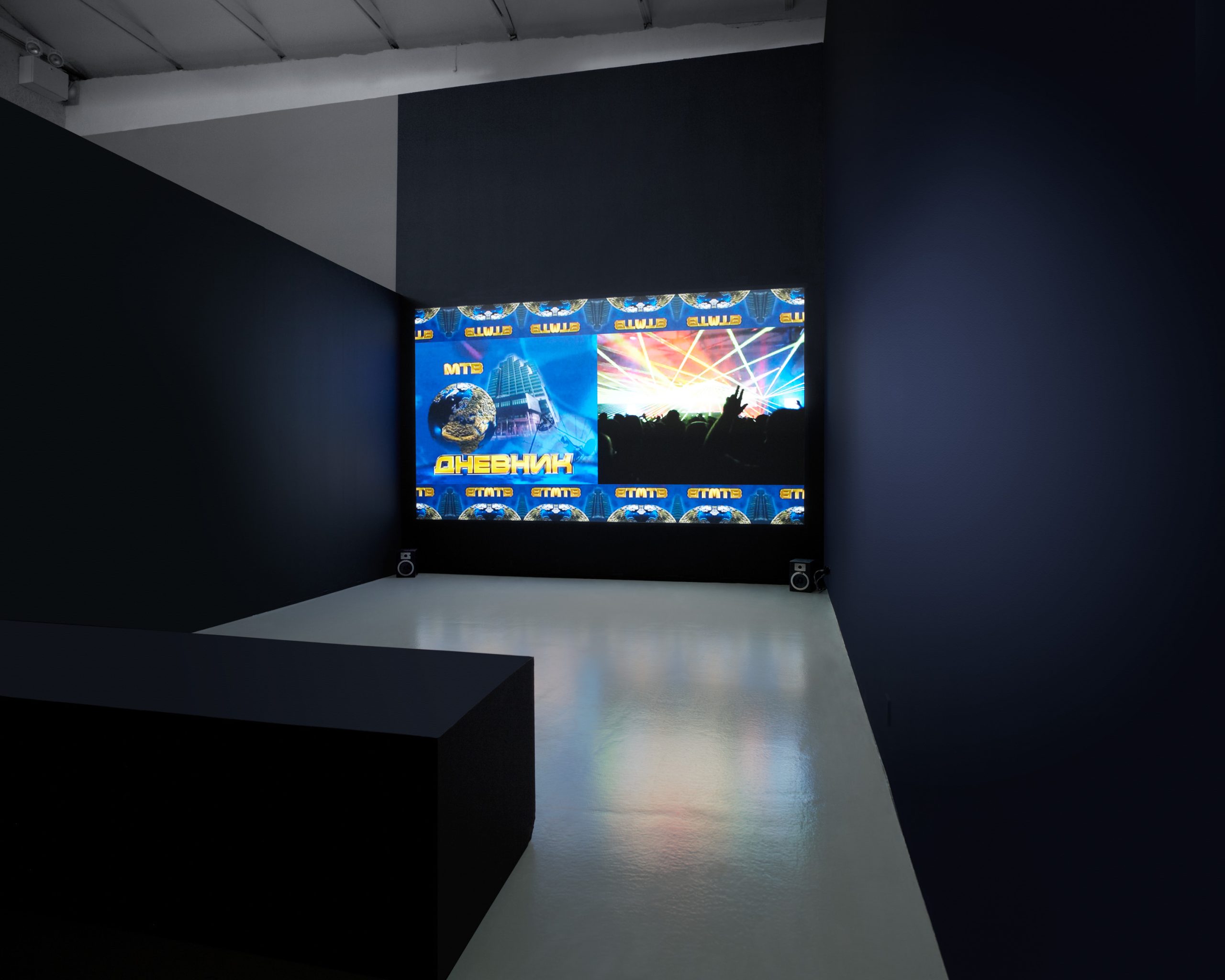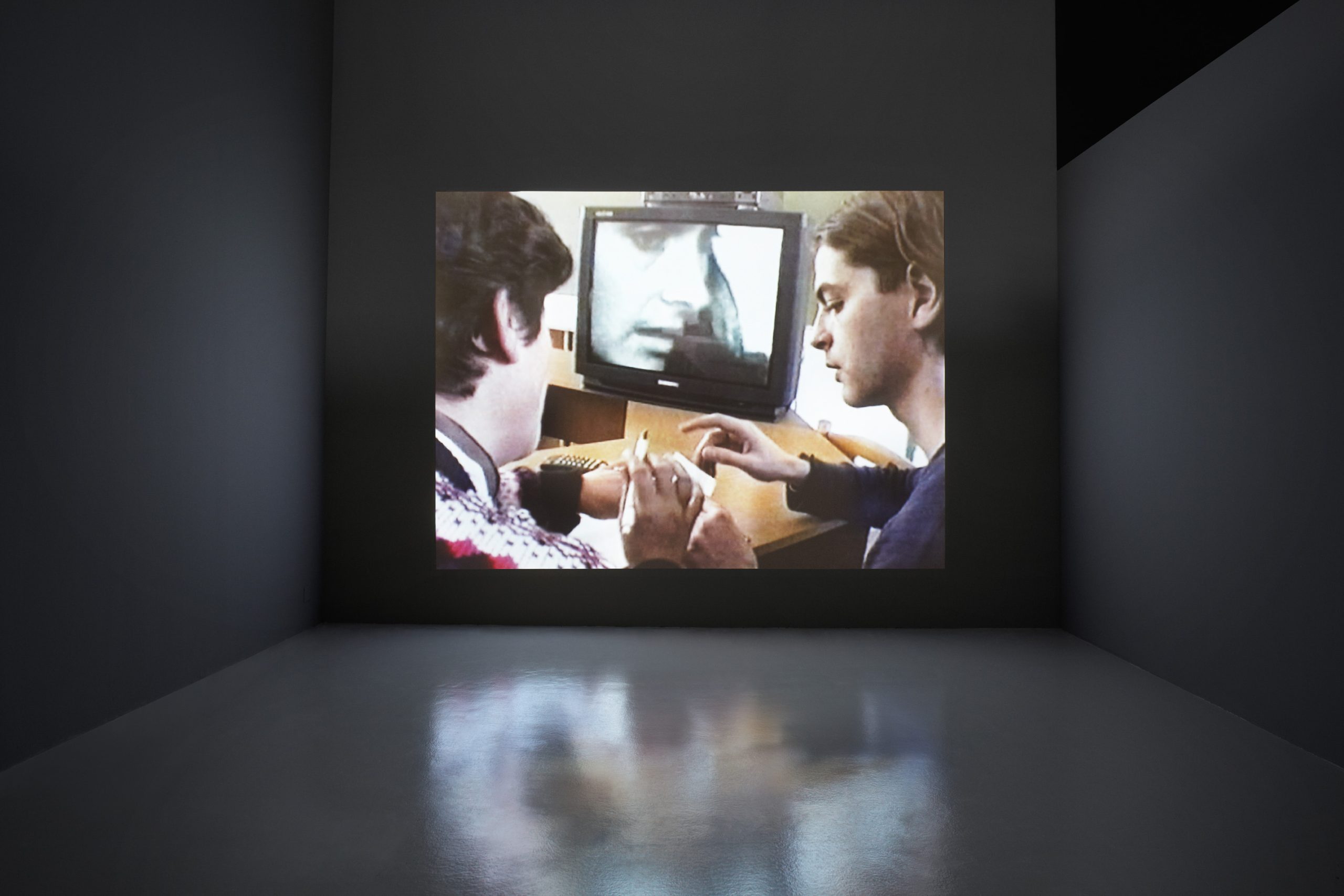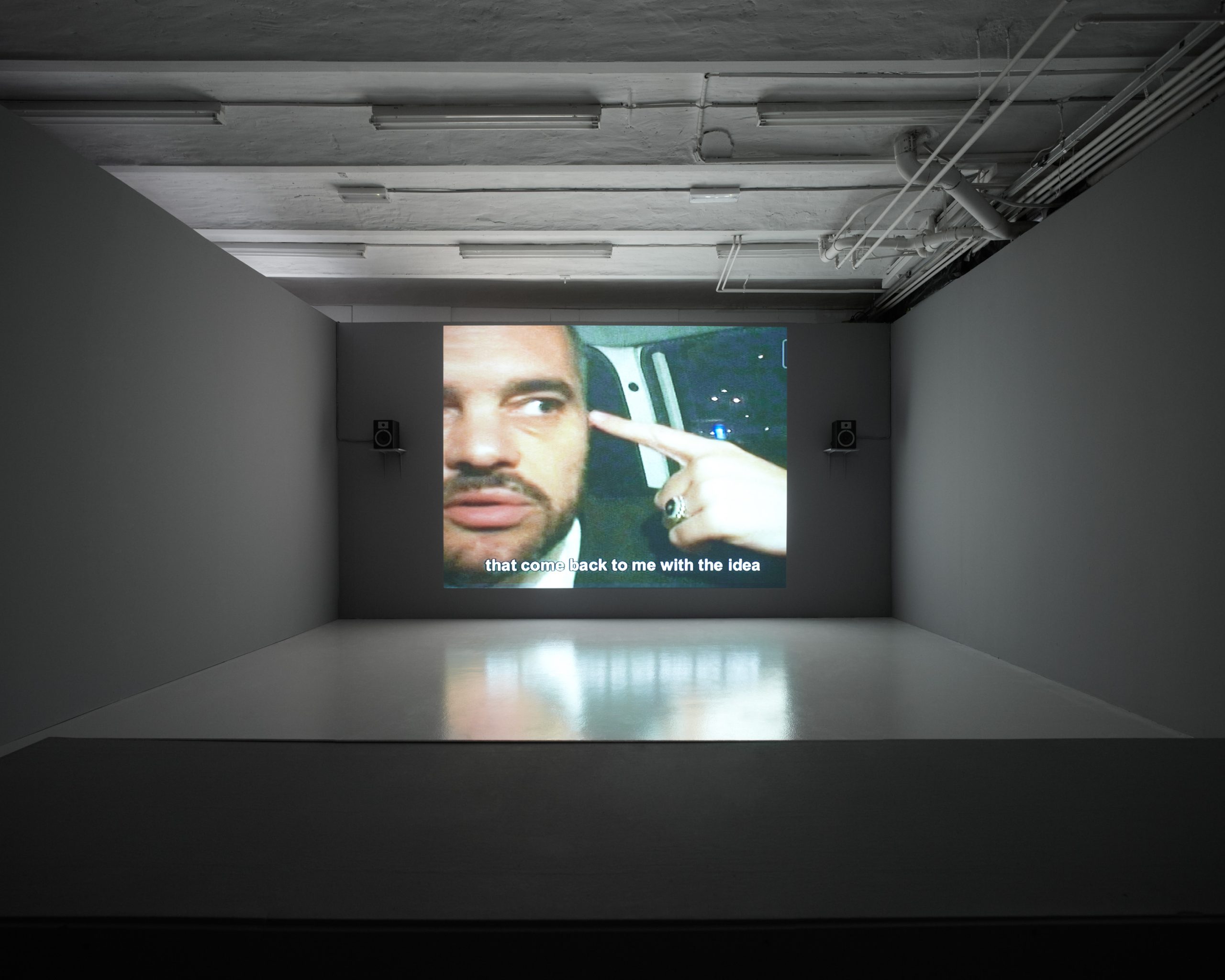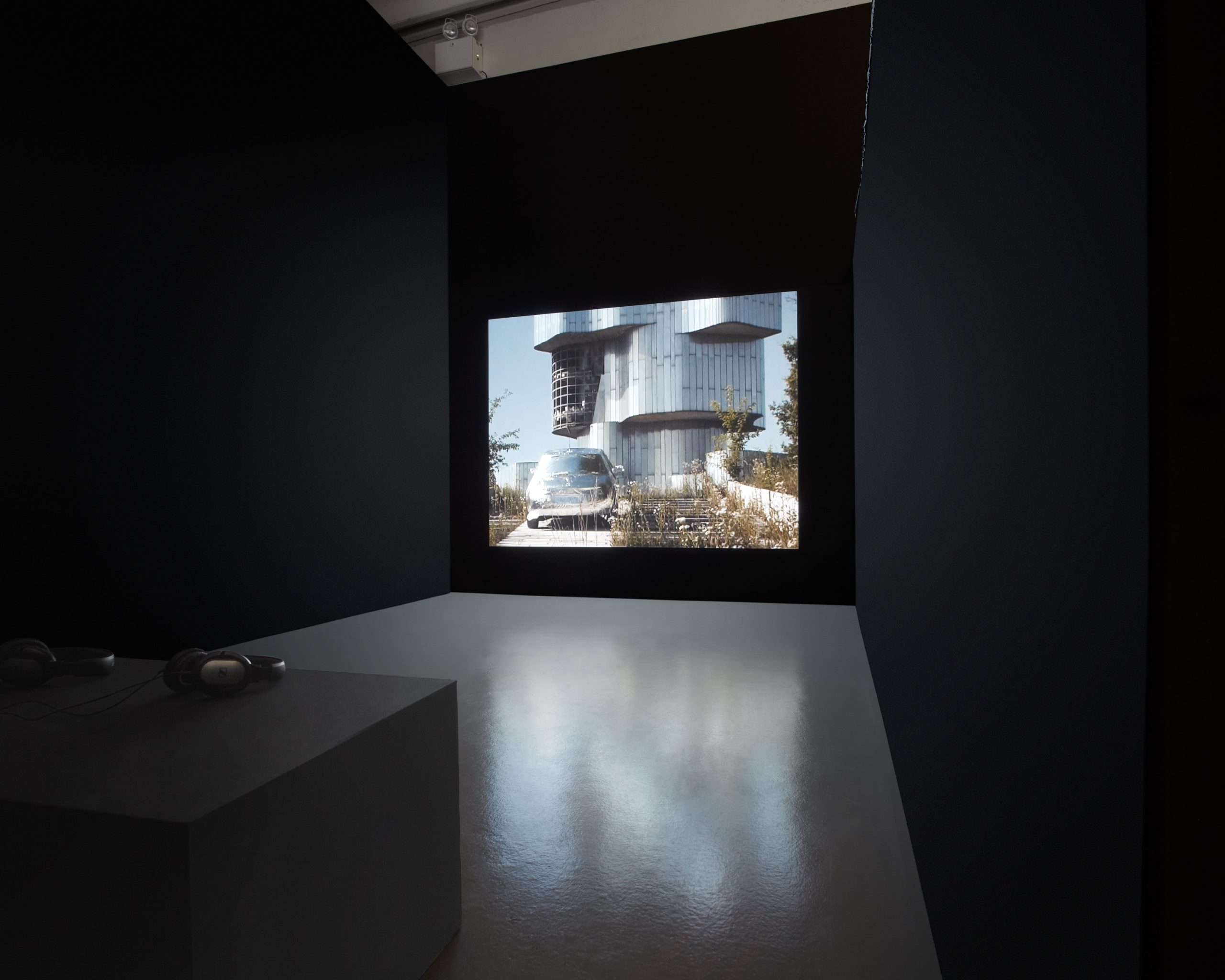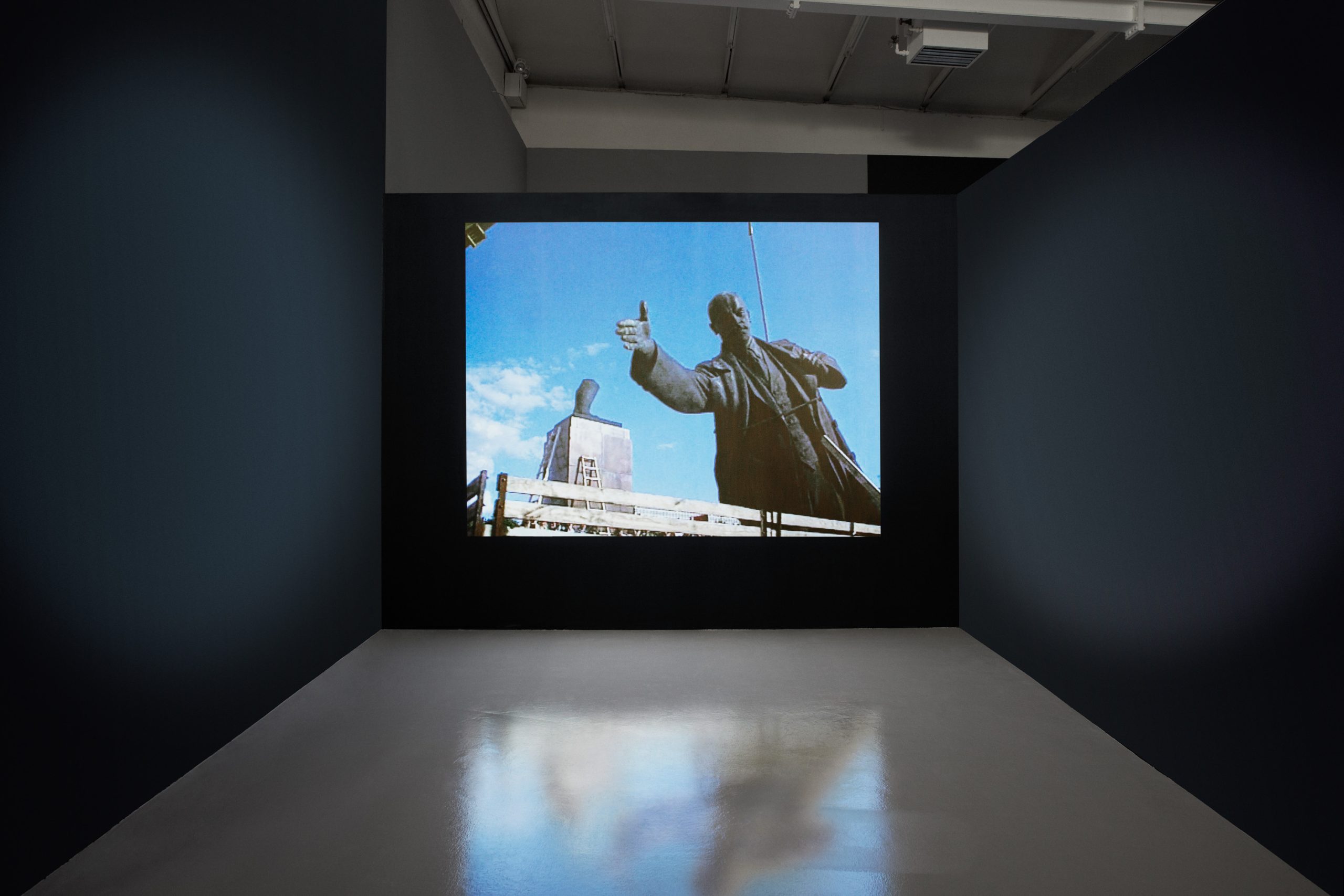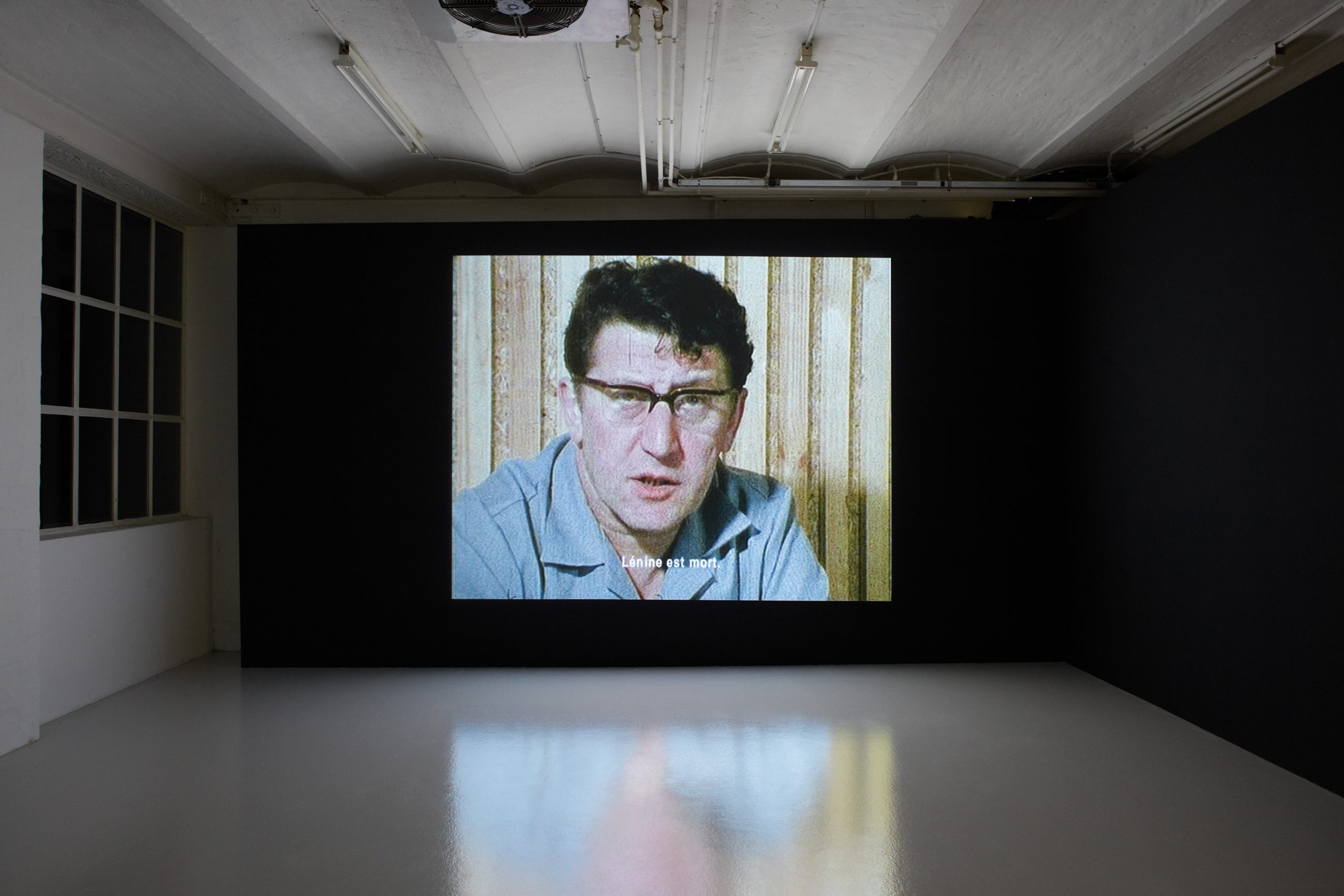Artist Artist
Project Project
Les Cadeaux du Présent
March 18th 2011, after having forcibly evacuated the demonstrators that occupied Pearl Square, Bahrain’s government had the monumental abstract sculpture erected in its center destroyed. It took jackhammers several hours to provoke its fall in one gracious movement – the six huge concrete legs twisted upon themselves to liberate the sphere it was holding up in the air.
Twenty years earlier, August 23rd 1991, the statue of Lenin that enthroned Lukiskiu Square in Vilnius, an arm stretched out toward the KGB’s headquarters, was taken down in front of a joyous crowd assembled to participate in the event. As the crane took the gigantic statue of Lenin, his body did a slow and fluid aerial ballet, but his feet remained solidly anchored to the pedestal. The machinists then improvised a second act in order to achieve the extraction, which was finally more complete than planned, since, this time, the pedestal came with the feet. The public space and its symbolic, unable to deal with the emptiness, a bronze bust of Frank Zappa was erected on a pillar in front of Vilnius’ hospital in 1993.
As a character holding on to his integrity, Lenin finally re-found his feet in 2001 in dried-up swamps some 130km away to take part in the erection of a tourist park housing the remains of the soviet era. Surrounded by nearly one hundred monuments in the effigy of communist leaders and Lithuanian partisans, he re-found a central status, all while having to resign himself to share it with several other statues of himself. Doubtlessly he must dream of seeing these pale copies disappear in the mini-reconstitutions of gulags that complete the exotic kitsch of the tourist attraction.
Farther to the west, the monuments appear so immobile they blend into the décor as to be diluted, visually as well as symbolically. Concerning abstract sculptures of the 1950’s to the 1990’s spread around in Swiss towns, Morad Montazami notes in 2010: “Oddness mixes in with the evidence of their extreme aging, but otherwise, will we ever know which revolution would want to take them down – or do they mark the end of revolutions – and who can still evoke, without fear, the story these anonymous forms claimed to be (dis-) incarnating?”
***
The exhibition The Present’s Presents reunites videos by four artists that come from the “former east” that defines, in an anachronic lull, a region through a criterion that no longer exists. Yet, as we have just done, these artists are still stamped as being from the “East”, by “Western” institutions, even though most of them are, and have been for a long time now, living in the “former west”. Does this ghostly notion of the East persist only because of our inability to define new terms that are susceptible to grasp the present? Or do we need to admit to a nostalgic need to indirectly refer ourselves to the identitary force of long-gone ideologies? That which is acceptably called the fall of the Soviet Bloc, first denotes the disappearance of a political separation that allowed both sides to reflect themselves in an ideological construction of the other.
***
For Walter Benjamin (…), the end of belief in a historical sense doesn’t lead to the abolition of the idea of hope. On the contrary, it is precisely on the ruins of the paradigm of historical Reason that hope constitutes a historical category. Utopia, which can no longer be thought of as belief in the necessary advent of the ideal at the mythical end of history, reemerges (…) as the modality of its possible rise at each moment in time. In this exemplar of random time, at all times open to the unpredictable eruption of newness, the imminent realization of an ideal is again thinkable, as one of the possibilities offered by the unfathomable complexity of historical processes.
Stéphane Mosès
Have we finally understood that springtime exists also as a non-accomplishment, meaning a becoming, even if you have to approach it on the edge of decline, and no longer uniquely of renaissance; understood also that “dead earth” and “inert roots”, to quote T.S. Eliot, often precedes the most beautiful return trips to the countries of idols?
Morad Montazami
It’s as if this invisible light that is the darkness of the present cast its shadow on the past, so that the past, touched by this shadow, acquired the ability to respond to the darkness of the now.
Giorgio Agamben
***
The East is no longer to the east, it is in the Orient. The shadow has moved south of the east, although the notion of the East has not become any clearer.
Opening June 24 2011
From June 25 to July 24 2011
CAN team:
Arthur de Pury, Marie Villemin, Massimiliano Baldassarri, Marie Léa Zwahlen, Julian Thompson
